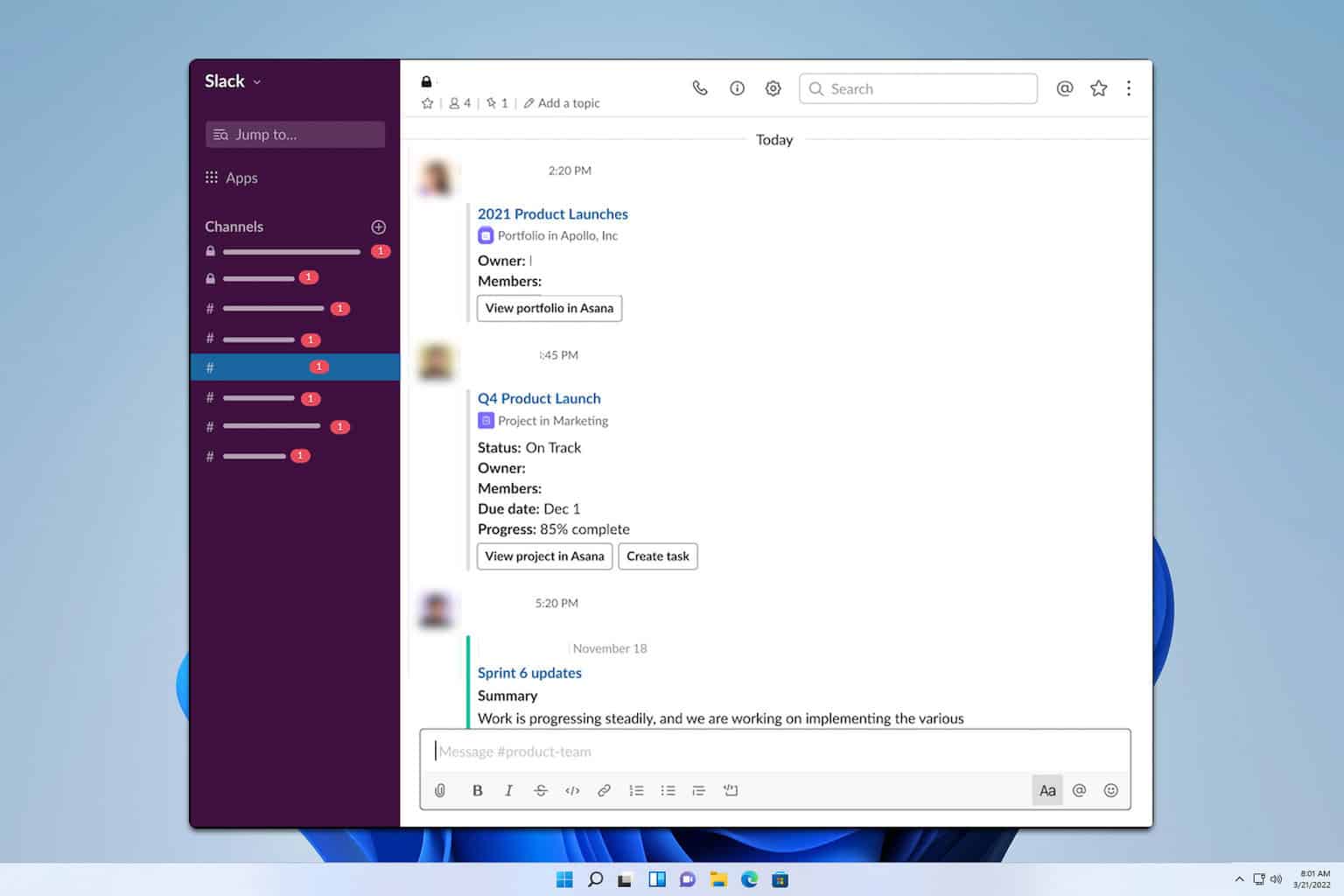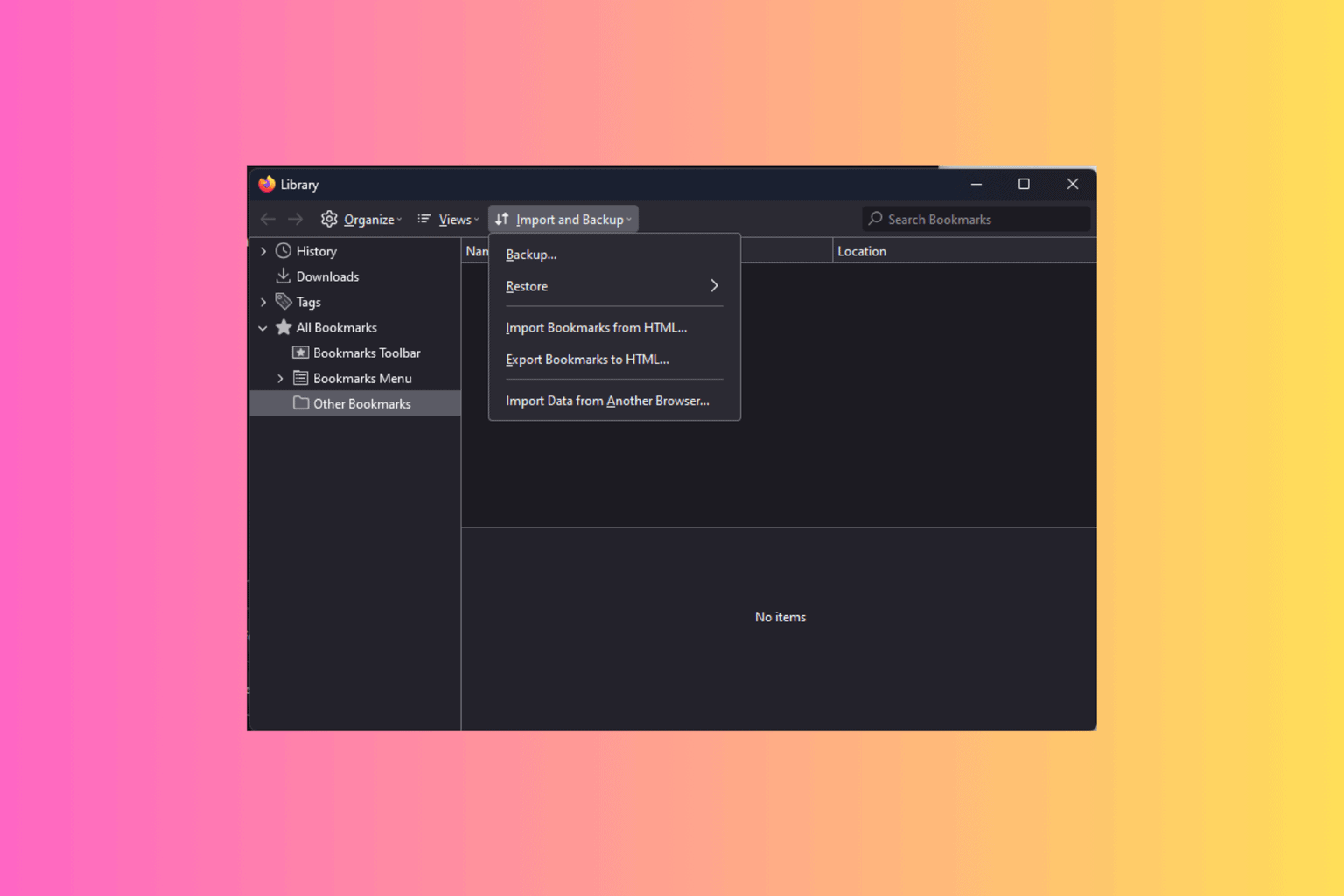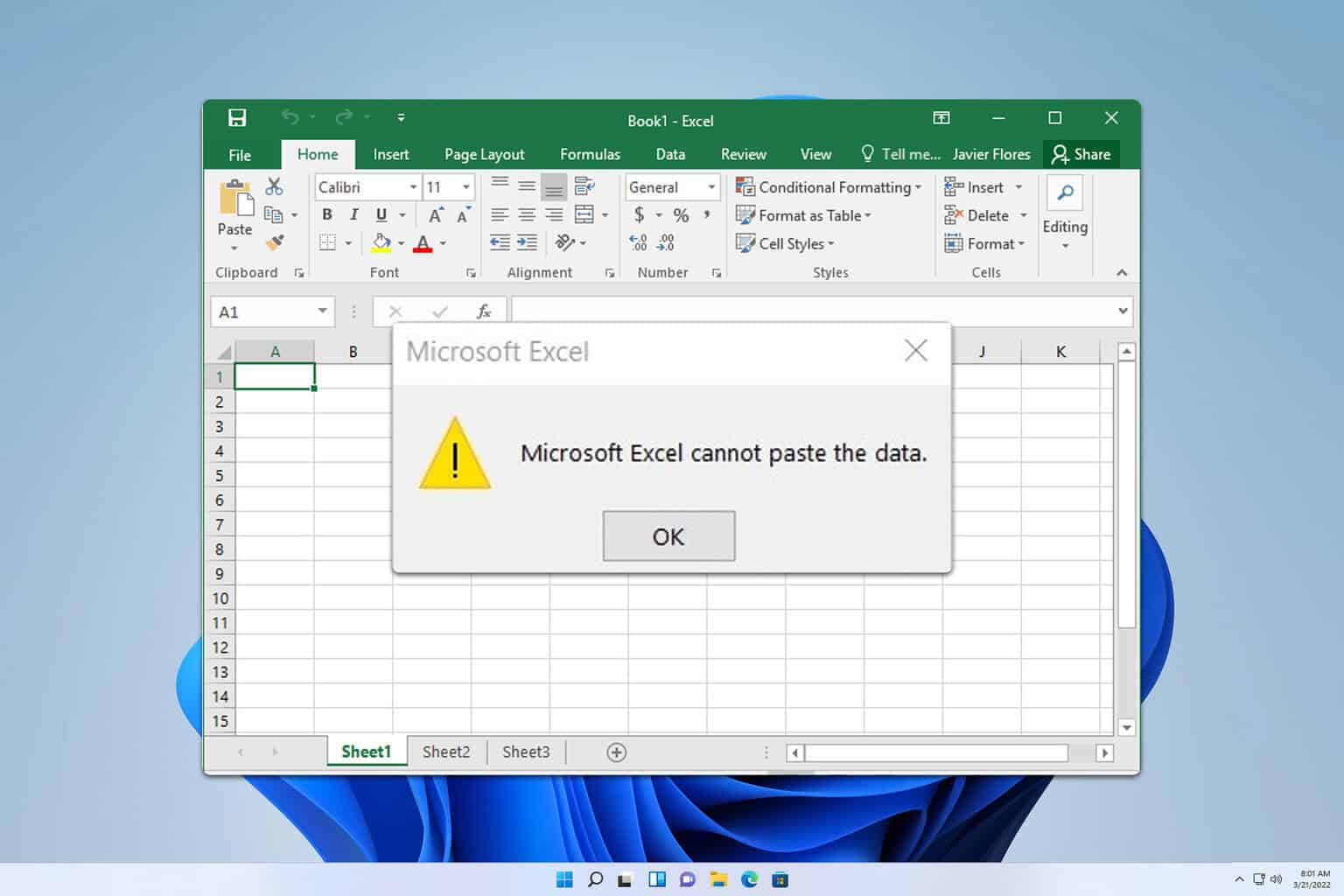You can now use full-feature Google Earth on Chromium Edge
2 min. read
Published on
Read our disclosure page to find out how can you help Windows Report sustain the editorial team Read more

You can now use Google Earth on all browsers, including the new Chromium-based Edge. Google has officially launched the preview beta version to all users.
As a quick reminder, the search engine giant launched Google Earth for web users two years ago. The service was accessible only to Chrome users at that time. The company did not do any notable efforts to extend the service for other browsers up until recently.
Later on, Google decided to use WebAssembly to redesign Google Earth for web. We saw a glimpse of the new version at Chrome Dev Summit 2017.
It was an early release and nothing was polished at that time. Google never advertised any release date for the new version until now.
The Google Earth service was working perfectly fine with Google Chrome. Confused with the word Chromium, people assumed that the new Edge browser will support the service.
But they were surprised to see that the reality was different and they could not use Google Earth on the new browser.
Google realized it was high time to release Google Earth for all the other major browsers out there.
The company announced the release on its Chromium blog.
The Earth team found a solution to allow Google Earth to move across multiple browsers—something we’ve been working on for a while now. Earth first came to the Web about two years ago using Native Client (NaCl), a Chrome-only solution—at the time. It was the only way to run native code in the browser and offer the performance users expect in modern web applications.
Google promised to improve Google Earth’s performance with new WebAssembly tools.
The company sees WebAssembly as an opportunity to run applications across different browsers. You can explore more details about the technical implementation at web.dev.
RELATED POSTS:







